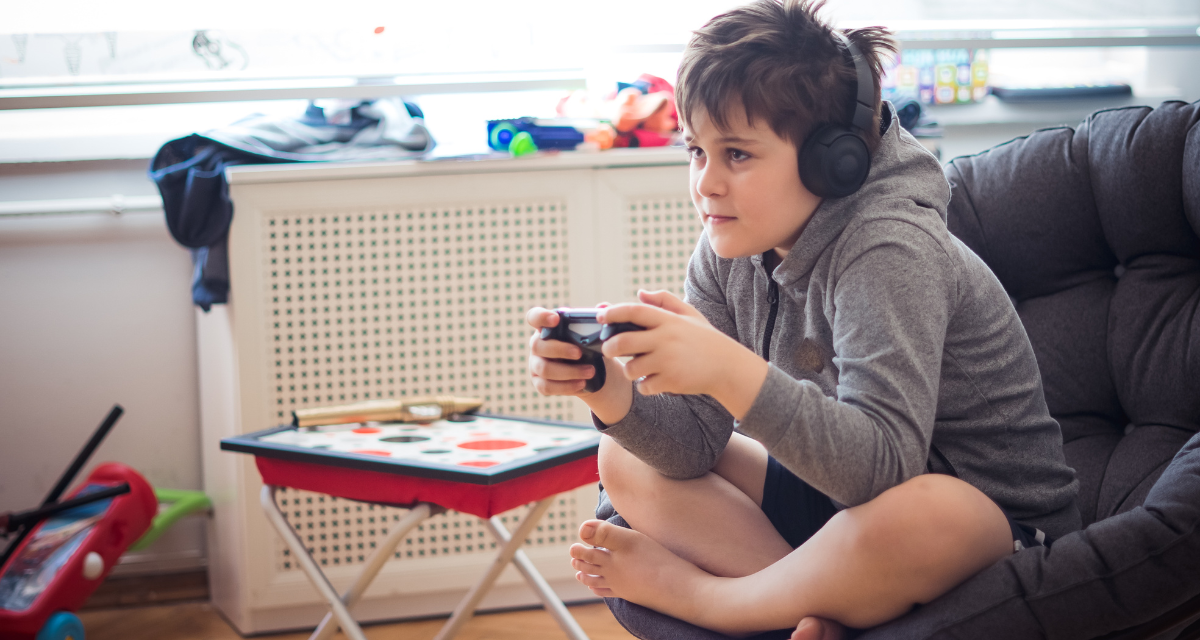
How to Best Protect Students When Online
Even the best of us get hacked or scammed online. Thinking our young students can protect themselves and their privacy while using the internet with just a few minutes of guidance is not probable.
We built our house a few years ago, so it is common for our packages and other mail to not always find us on the first or second attempt. Most adults think that we can avoid scammers pretty well. However, last month, something happened, and I started doubting myself. One morning I received a text asking me to verify our address and pay an extra two dollars in shipping charges online. The site directed me to look exactly like the legit version of the site, but it wasn’t. Scammers had created an identical-looking website to trick people into providing their credit card information. If I had fed them my credit card number for those extra “two dollars,” I’m sure I would have seen hundreds of other charges on my account.
If adults can be hacked and tricked, we must educate children on what to do to ensure they don’t fall prey to these criminals.
Here are some key ways to protect students online and help them defend themselves. 
Careful When Downloading Anything!
How often are you downloading something online? We frequently download something, whether it be updated to programs we are already using, new apps, or any other software.
The problem is that if you download something that looks legit but is, in fact, a virus or something that allows someone else to take over your computer, you are in huge trouble.
Students need to be taught the differences between legit sites and questionable ones. If it looks doubtful, don’t download it. (This includes the latest movies and songs on sites that allow you to download them but aren’t operating legally.) Perhaps, if possible, run a virus scan on downloads before clicking on them.
Managing Privacy Settings
Children are often sharing their personal information unknowingly on social media sites. Too often, we hear stories through the media about strangers tracking down kids online for nefarious means. Some of this can be avoided by enabling privacy settings to protect their information. There is no need to expose your details online for everyone to see. Showing the students how to regularly check the privacy settings and tweak them for their safety needs may save them a lot of trouble.
Avoid Public Wi-Fi If Possible
We all love public Wi-Fi as it enables our phones and computers to operate quickly with free internet. However, sometimes you get what you pay for. Public Wi-Fi can be dangerous. Most of the time, it is not encrypted, which allows hackers to give your device malware to steal your information. Norton Cybersecurity Insights Report states that about 600 million cybercrime victims worldwide occurred because of public Wi-Fi connections.
Never Use the Same Password for Everything
We are guilty of using the same password for many of our logins. We do it because it is easy to remember. Please create a new password for every account and include symbols, numbers, and anything else unique that will make it difficult for scammers to duplicate. Of course, if a hacker gets ahold of it, they can access your accounts.
Need Help?
Sometimes, it is best to model the correct way to do something with children. It is not enough to tell them how to handle things. You have to lead them through it. This is true with types of schoolwork and with protecting yourself online.
At iAchieve, we can tutor children of all ages in every subject, including internet safety. If needed, we could introduce the whole family to proper internet safety. Learning together could make it much easier and also hold everyone accountable.
RELATED BLOG POSTS
Why School Districts and Students Need to Be Concerned About Data Privacy



